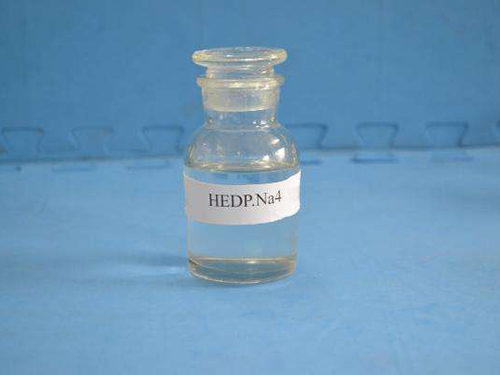Understanding the Differences Between Flocculants and Coagulants in Water Treatment Processes
Flocculants vs. Coagulants Understanding the Key Differences
When it comes to water treatment processes, the terms flocculants and coagulants are often used interchangeably. However, they refer to distinct chemical substances that serve different purposes in the sedimentation and clarification of water. Understanding the nuances of both flocculants and coagulants can help in selecting the right chemical treatment for specific applications, whether in municipal water treatment, industrial processes, or wastewater management.
The Role of Coagulants
Coagulants are substances that facilitate the agglomeration of fine particles suspended in a liquid. When introduced into a body of water, coagulants neutralize the electrical charges on suspended solids, which typically repel each other due to their like charges. By destabilizing the particle charge, coagulants encourage these particles to come together and form larger aggregates. Commonly used coagulants include aluminum sulfate (alum), ferric chloride, and polyaluminum chloride.
The coagulant process is typically the first step in the treatment sequence. Upon addition, the coagulants mix with the water, and through rapid mixing, they distribute evenly, forming precipitates as they react with the dissolved substances. This process leads to the formation of micro-flocs, which are still relatively small but ready for the next step.
The Function of Flocculants
Flocculants come into play after coagulants have done their work. Once the micro-flocs have formed, flocculants assist in clumping these tiny aggregates into larger, denser flocs that can settle more quickly and effectively during the sedimentation process. Flocculants are typically high molecular weight polymers and can be cationic, anionic, or non-ionic, depending on the specific requirements of the water treatment process.
flocculant vs coagulant

The action of flocculants is more gentle compared to that of coagulants; they promote further aggregation without the need for intensive mixing. This stage is crucial for enhancing the efficiency of the sedimentation and filtration processes, as larger flocs are easier to remove from the water column and can lead to clearer effluent.
Key Differences
The primary difference between coagulants and flocculants lies in their function. While coagulants are responsible for the initial particle destabilization and micro-floc formation, flocculants enhance the aggregation of these micro-flocs into larger, more settleable flocs. Furthermore, the chemical nature of these substances varies, with coagulants often being inorganic salts and flocculants frequently being synthetic organic polymers.
Another critical distinction is the timing of their application coagulants are added first to prepare the water for flocculation, while flocculants are added subsequently to improve the size and density of the aggregates formed. This two-step process is essential for achieving the best possible clarity and quality of treated water.
Conclusion
In conclusion, while both flocculants and coagulants play vital roles in water treatment processes, their distinct functions and characteristics make them indispensable for achieving high-quality water clarity. Understanding the mechanisms behind these substances can greatly enhance their application, ensuring that water treatment facilities operate efficiently and effectively. For optimal results, it is essential to select the appropriate coagulant and flocculant combinations based on the specific characteristics of the water being treated and the desired outcomes.
-
Pbtc Scale InhibitorPBTC: A Scale Protector for Industrial Water TreatmentNewsAug.05,2025
-
Organic Phosphonate: An Efficient Defender in the Field of Scale InhibitionNewsAug.05,2025
-
Hydrolyzed Polymaleic Anhydride: Green Pioneer in Scale Inhibition FieldNewsAug.05,2025
-
PAPEMP Polyamino Polyether Methylene Phosphonic Acid For SaleNewsAug.05,2025
-
Flocculant Water Treatment: A Pioneer in Purification in the Field of Water TreatmentNewsAug.05,2025
-
Benzyl Isothiazolinone: An Efficient and Broad-Spectrum Antibacterial Protective GuardNewsAug.05,2025





